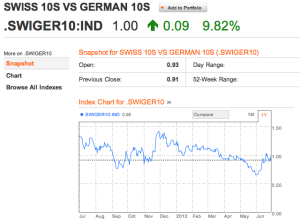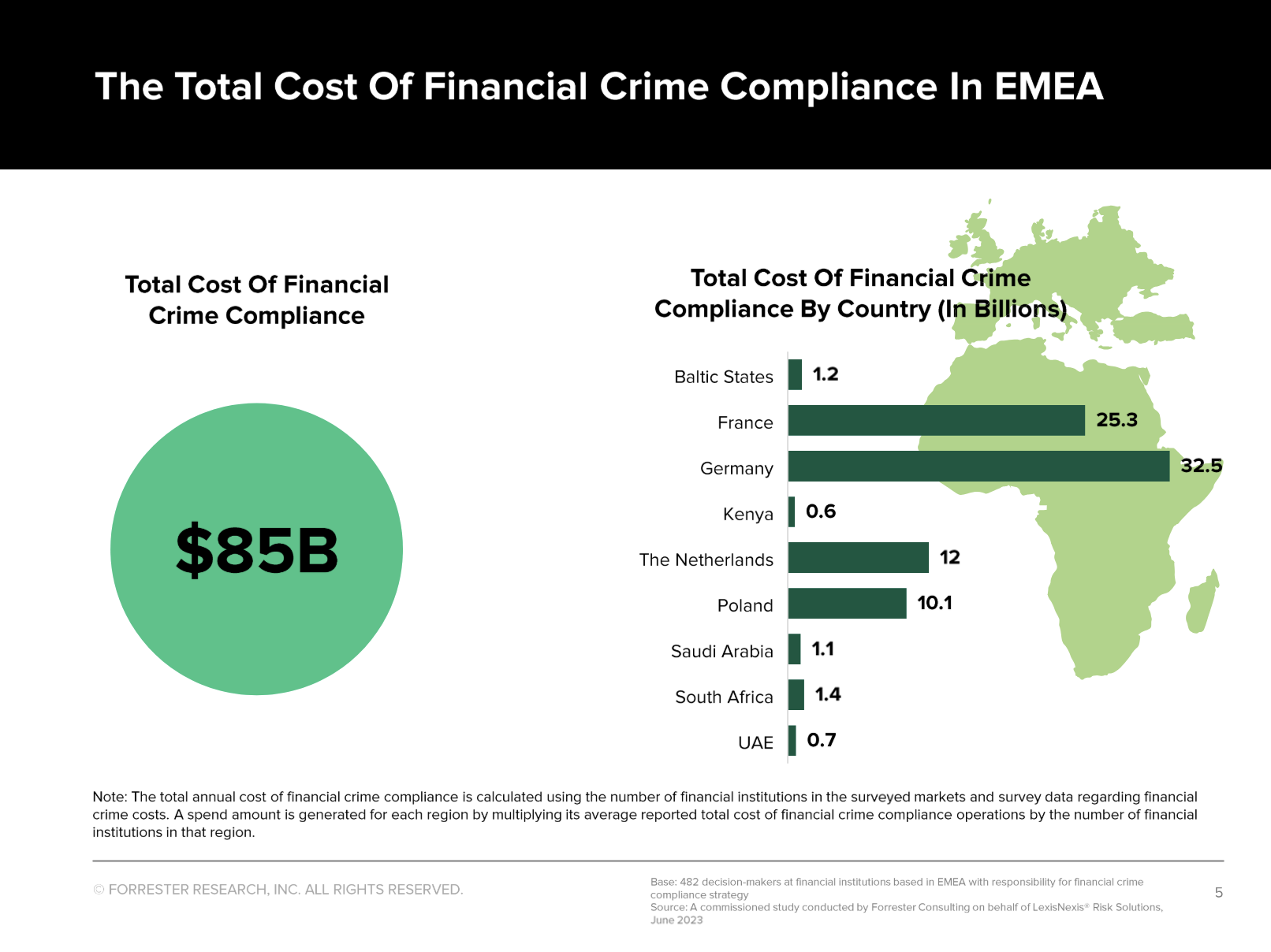Differences between EFSF and ESM explained
[StartAd] Today Germany and the other Northern Euro countries explicitly renounced to a seniority status of debt which is transferred from the EFSF to the ESM, allowed the EFSF/ESM to buy government debt and the ESM to inject capital into banks. Furthermore measures to enhance growth are planned. Inside the ESM there will be two classes of debt:- some funds originally from the EFSF without seniority status (at least the Spanish banking debt), this is NOTHING NEW, already the EFSF did not have a seniority status !
- new ESM debt with explicit seniority status (see differences of EFSF and ESM).
German Bund yields are falling sharply
German Bunds yields are falling sharply, implying that German debt may strongly rise. The spread between Swiss 10 yrs Eidgenossen and German Bund is increasing. It has already reached 1%, up 10% from yesterday and is poised to reach a new 6-months record these days.
For the EUR/CHF floor and the SNB this means additional pressure. The flight to quality of Germany's rich investors will continue. Even more, the Swiss KOF indicator rose strongly to 1.16, contradicting the recent SNB attempts to talk down the Swiss economy and inflation risks. The SNB faces a double risk, a break of the floor and the devaluation of its German Bund positions. The EUR/CHF has reached 1.2026 today, when some forex traders thought that today's eurozone solution would be a final solution.
The German press, however, speaks about Italian and Spanish blackmailing against Germany.
Full story here
Are you the author?
Previous post
See more for
Next post
The spread between Swiss 10 yrs Eidgenossen and German Bund is increasing. It has already reached 1%, up 10% from yesterday and is poised to reach a new 6-months record these days.
For the EUR/CHF floor and the SNB this means additional pressure. The flight to quality of Germany's rich investors will continue. Even more, the Swiss KOF indicator rose strongly to 1.16, contradicting the recent SNB attempts to talk down the Swiss economy and inflation risks. The SNB faces a double risk, a break of the floor and the devaluation of its German Bund positions. The EUR/CHF has reached 1.2026 today, when some forex traders thought that today's eurozone solution would be a final solution.
The German press, however, speaks about Italian and Spanish blackmailing against Germany.
Full story here
Are you the author?
Previous post
See more for
Next post
Tags: Bund,Bunds,EFSF,Eidgenossen,ESM,Eurobonds,Eurozone,floor,franc,German Bund,Government bond yield,Merkel,Northern Euro,Switzerland
























